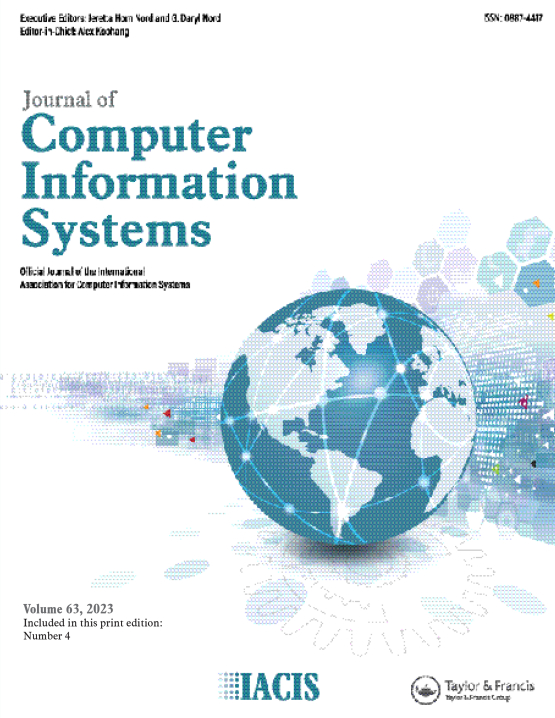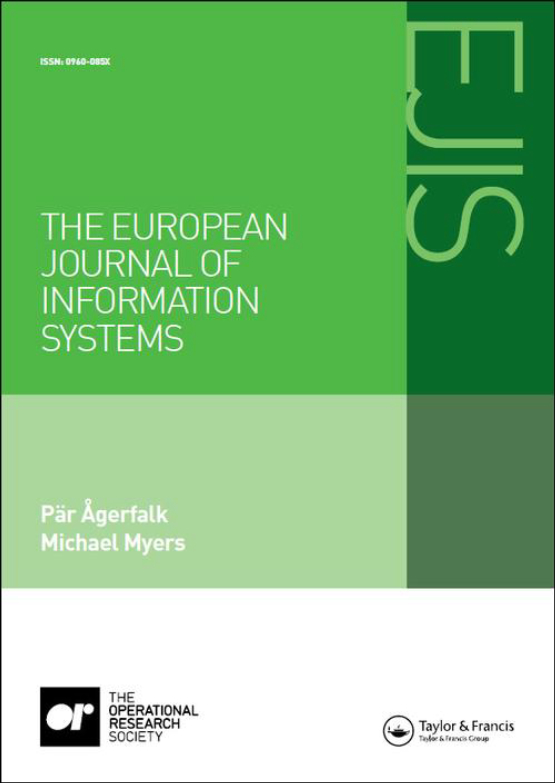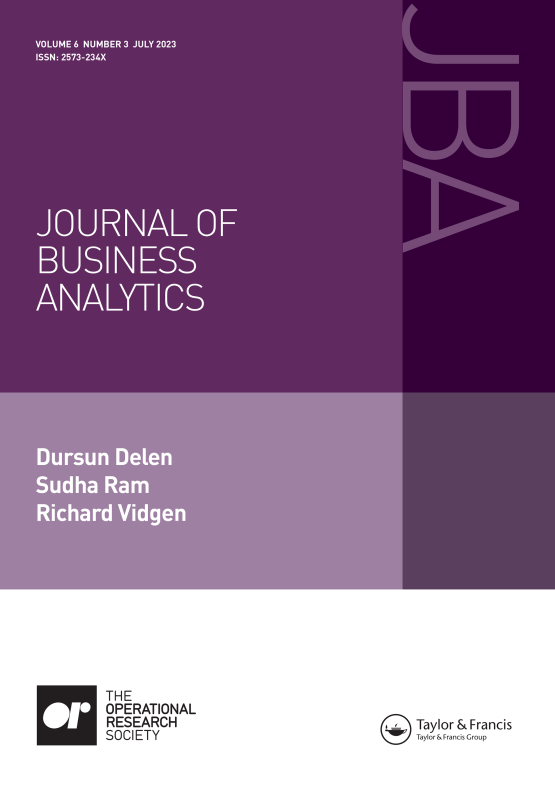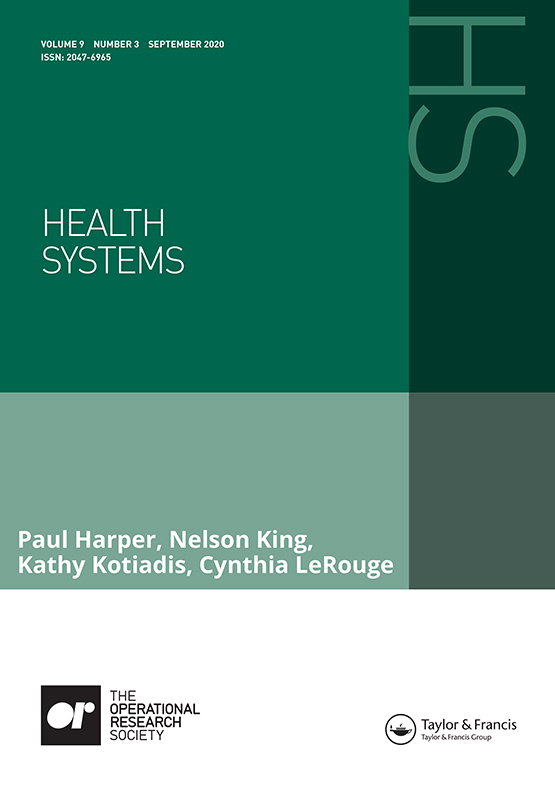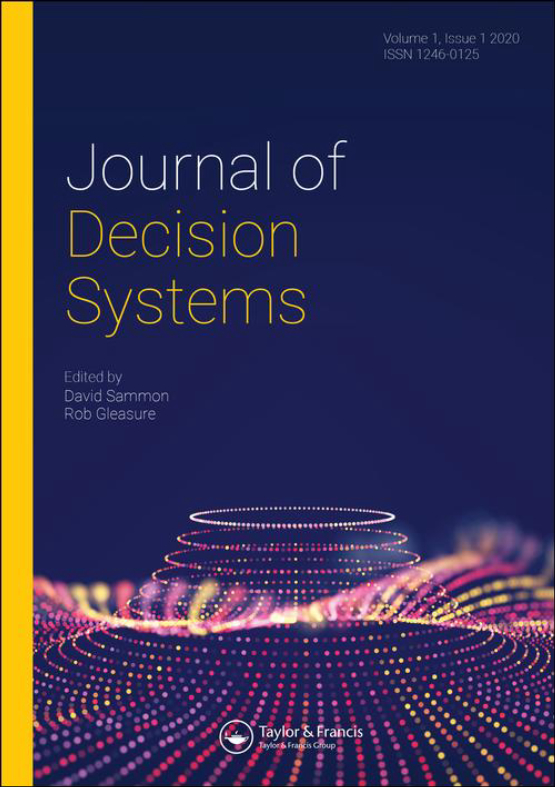Which journal is the ideal home for your research?
Our Information Systems journals are carefully curated to highlight diverse research views that promote ongoing advancement in the information systems realm. These journals cover a broad spectrum of topics such as generative AI, virtual communities, remote working, online fatigue, and more.
We provide various publishing options that allow you to choose between fully open access (OA) or hybrid open access to enhance your article’s reach.
Browse Our Information Systems Journals:
TRENDING ARTICLES
Motivating change in commuters’ mobility behaviour
The urgency of climate change is evident worldwide, but current mobility patterns still cause severe environmental damage . The largest share of these mobility-related problems is caused by everyday private car use, such as commuting. One way to change mobility patterns is through digital nudging in the form of trip recommendations to increase commuters’ public transportation use.
IMPACTFUL RESEARCH
Frameworks for developing impactful systematic literature reviews and theory building
With the increased momentum of knowledge generation in the field of research, systematic reviews are essential to epitomise the state of extant literature and for theory building. In this article, we discuss the advantages of synthesising and reporting findings using a more impactful type of systematic review, the framework-based review.
Our Authors. Their Trending Research.
Check out the latest innovative models and teaching practices from our top Information Systems journals.

Upcoming Special Issues & Article Collections
Choosing Open Access
What is an article publishing charge? What are common sources of funding for gold open access? We’re here to guide you every step of the way to ensure your medical education research is accessible without barriers. That’s why we partner with global institutions and funders to support our authors.
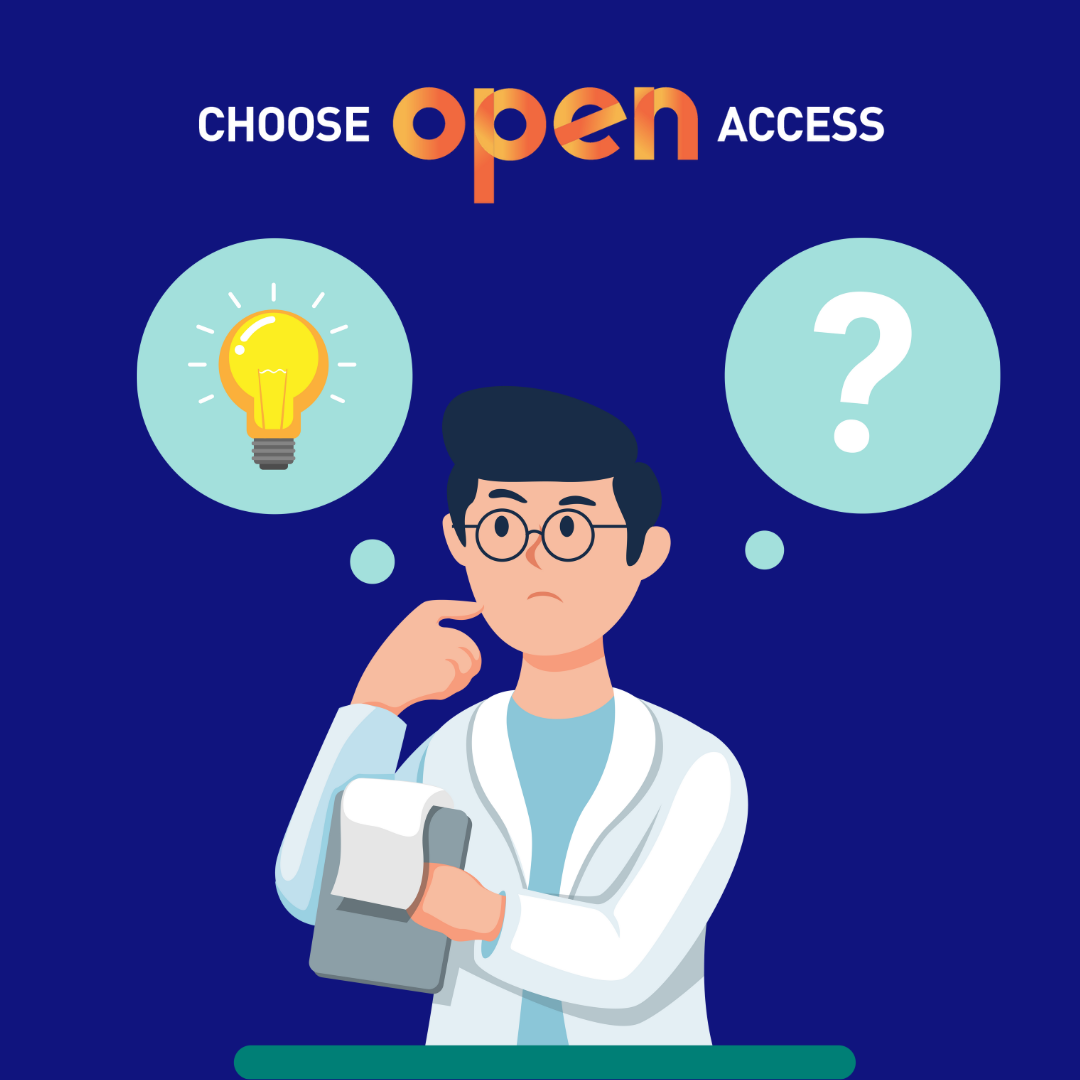
SHARE THIS PAGE
